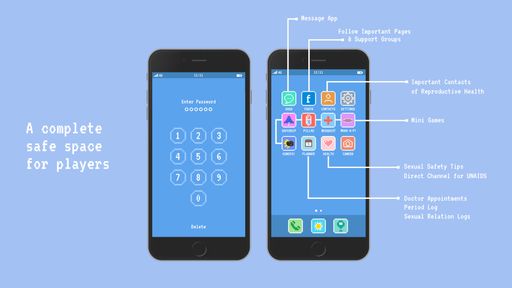Amani, my friend
Serious game

Concept build-up
This was one of the first projects of the master degree. Before even talking about HIV prevention, we went through multiple small writing and prototyping workshops using tools such as Bitsy, Twine or just on paper.
After those first few weeks of practice, we assembled a team of three students and met with one kenyan activist to discuss the objectives of this project. She was a major asset of this team because she brought a lot of knowledge on the local context and the HIV situation at Nairobi. After getting to know each other and exchanging a lot of information, we started thinking about how to approach this sensitive topic through storytelling.
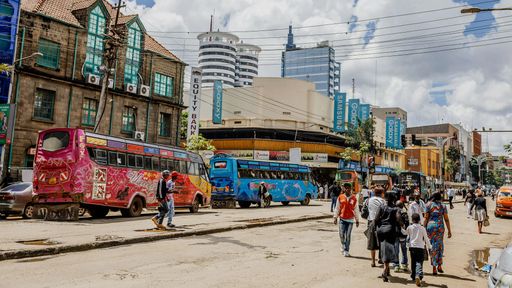
Narrative design
The first thing we did was define the characters of the story according to our target audience which was teenage girls from Kenya. Amani, the main character is from a traditional kenyan upbringing. Her parents don't discuss sexuality at all, it is very taboo in this society. For example, she didn’t tell her parents that she had a boyfriend for several months. We did several spreadsheets and cards to identify all the characters in our story and their relations between each other.

The story unrolls on a fake messaging app interface where the player is discussing with Amani through text messages. We decided to playtest the scenario the same way by roleplaying it on our own phones. This was a very important part as we included our kenyan colleague in the process and she gave us important feedback on the characters and typical kenyan slang.
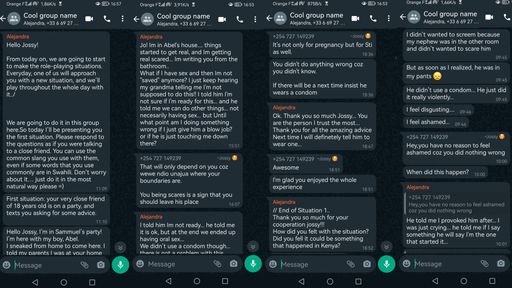
The story is focusing on the importance of friendship and how it can influence the life of one another. Thus, as her closest friend, the player is supporting her through various situations. Each choice will lead you to a different path. We built a narrative tree to illustrate this process and help us visualise the flow of the story.

In the end, what we wanted to bring is a heartfelt story that can reach to teenagers of this country struggling with bad sex prevention and HIV epidemic. If we can make a change by directly addressing them through modern media such as video games, it will be really rewarding.
Game design and programming
We chose to develop the game for the mobile web browser rather than for the app store because we wanted to avoid censorship as much as possible. Indeed, there were several reports from UNAIDS’ officials stating that they have been struggling with the kenyan government on those topics. This is because there is still a strong cultural christian heritage.
Thus, to prevent any form of gatekeeping and protect the intimacy of players, the game is designed as a phone inside a phone. To access it, you must provide a password first. It is a safe space for players where they can play the story of Amani but also retrieve some important health related information through multiple applications.
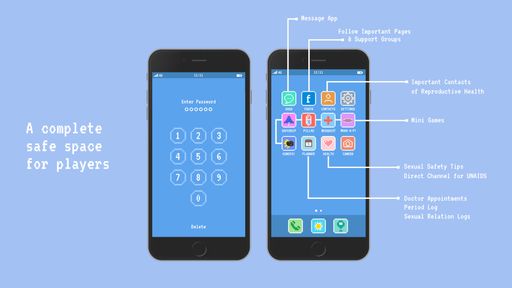
While we wrote the story, we felt that the experience, addressing a serious subject, would be too monotonous and boring. Thus, we decided to add some fast-paced and light-hearted sequences to change the tone and pace of the game. We designed multiple mini-games that would illustrate sequences like the character learning about contraception or following a treatment for AIDS.
I prototyped two of those mini-games, using p5.play, a small Javascript 2D game engine. The gameplay was very simple, inspired by shoot ‘em up like Space Invaders but it helped me a lot to get a grip on object-oriented programming.
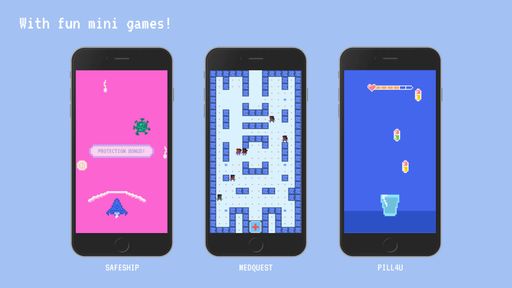
In the end of the pre-production phase, we presented the project to a committee of UNAIDS and Hivos officials and we were the one selected to benefit from investment and push the project further into production.
We were also invited by the GSGS in Geneva (Gamification & Serious Games Symposium) to talk about our game and the design process behind it.

